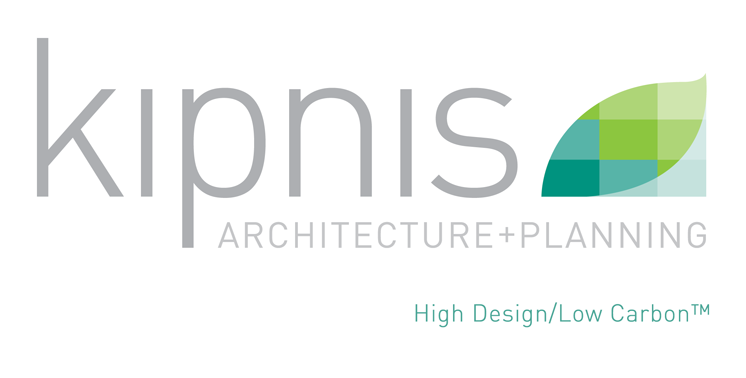High Design, Low Carbon… Under One Roof
Kipnis Architecture + Planning is a proud member of NextHaus Alliance, an integrated team of professionals at the forefront of sustainable architecture, design, construction, landscaping and technology.
We are guided by the idea that architectural design excellence need not be sacrificed for principles of sustainability. Rather, sustainable design expands the possibilities for innovative architectural forms, construction methods and use of materials.
Chicago Sustainable Architecture
Recognized as Chicago’s premier award winning sustainable architectural practice, Kipnis Architecture + Planning (KAP) was founded in 1993 and is based in Evanston, Illinois and Boulder, Colorado. KAP has practiced the architectural design philosophy of 'High Design/Low Carbon™' long before it was in vogue.
A particular expertise is the architectural integration of passive solar and bioclimatic design to achieve sustainable and Passive House accreditation. We are early signatories to the AIA's 2030 Commitment, rigorously working towards having our projects be 'net zero' for their energy use by 2030.
Design Philosophy
Our goal is to provide the highest quality architectural services, based on our commitment to creative design, technical excellence and attention to detail. Rather than emulating a specific design style, the architectural style organically develops during the design process as a consequence of site specifics, as well as design and sustainability goals. Whether we are designing a Passive House in Colorado or a Resilient Residence in Chicago, we take the location into serious consideration. We are equally adept at contemporary and historical based designs.
We believe green design expands the possibilities for innovative architectural forms, construction methods and the use of materials. As an early signatory to the AIA’s 2030 Commitment, we are dedicated to significantly reducing each building's CO2 emissions. To accomplish this goal, designs are reviewed throughout the process to best utilize green materials, advanced construction methods, and energy efficiency techniques. This total systems integration helps to reduce the environmental impact of the building through its entire life cycle.


